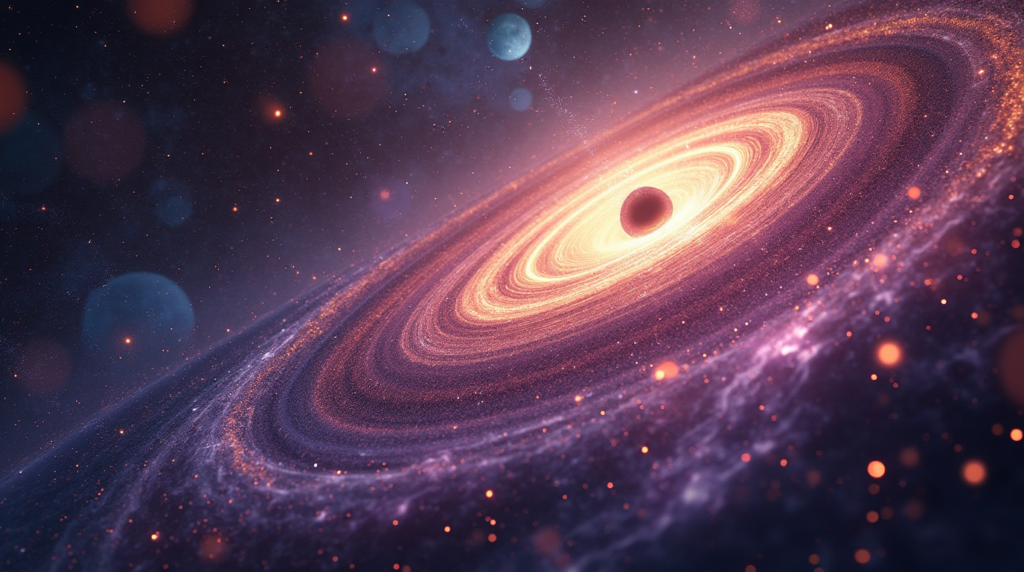The study of quantum gravity is redefining our understanding of the universe. Physicists are beginning to realize that spacetime, once considered fundamental, may not be the building block of reality. Instead, it could emerge from a deeper, more foundational structure. This new perspective offers hope for finally achieving a quantum theory of gravity, one of the most critical pursuits in modern physics.
Natalie Paquette’s Revolutionary Work
Natalie Paquette, a leading theoretical physicist at the University of Washington, explores the potential that space and time may be emergent. Her work revolves around the idea that spacetime arises from more fundamental elements of the universe. She likens this to “dimensional transmutation,” where small loops of space when compressed, transform into new, larger dimensions. According to Paquette, “We’re shrinking a spatial direction, but eventually, a new spatial direction appears.” This concept leads to profound questions about the true nature of space.
Quantum Gravity: A Search for Unity
The quest for quantum gravity has spurred groundbreaking research across multiple disciplines. For over a century, physicists have relied on two theories: general relativity and quantum physics. While general relativity explains how matter warps spacetime, quantum physics offers precise predictions about subatomic particles. However, these frameworks clash when applied together, especially in the context of gravity. Reconciling them remains one of the greatest challenges in physics.
The Emergence of Spacetime
Over the last decade, many physicists have proposed that spacetime is not fundamental but emerges from deeper layers of reality. This shift has transformed how researchers approach complex phenomena like black holes. Theoretical models of spacetime have even extended to studying wormholes—hypothetical structures that connect distant points in space. These ideas, once the realm of science fiction, now fuel new insights into the universe’s structure.
String Theory and Dimensional Duality
String theory, the leading candidate for explaining quantum gravity, proposes that vibrating strings, rather than particles, form the universe’s most basic components. In this theory, the gravitational force emerges from particles known as gravitons. String theory also introduces the concept of dimensional duality, where dimensions can relate to one another in surprising ways. Paquette’s work exemplifies this idea by showing how shrinking dimensions can give rise to new spatial directions, demonstrating the theory’s depth and flexibility.
Unlocking the Mystery of Quantum Gravity
Physicists are pushing the boundaries of science to understand how spacetime and gravity interconnect. Quantum entanglement—where particles remain connected regardless of distance—offers a potential explanation for how spacetime might emerge. By studying black holes and wormholes, scientists hope to uncover a unified theory that links general relativity with quantum physics, solving one of the most enduring mysteries in modern science.
As researchers like Paquette continue their work, we may soon discover the ultimate framework underlying spacetime. Such breakthroughs could revolutionize our understanding of the universe, leading to a new era of scientific discovery.




